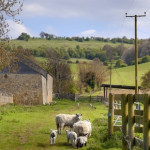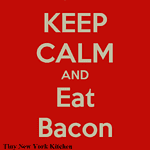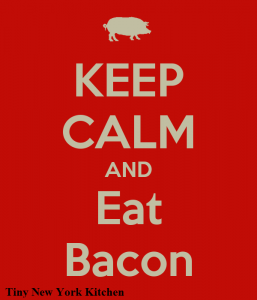Organic crops, grown without recourse to synthetic fertilizers and pesticides, are credited with miraculous properties by many of their fans. Unfortunately, there is little scientific evidence that they are more nutritious than those produced by conventional means. But their supporters argue that the methods used to raise them bring other benefits, too. And here they may be correct. That, at least, is the conclusion of a study by Matthew Jones of Washington State University, which he has just published in the Journal of Applied Ecology.
Contamination of fresh produce with bacteria-laden wild animal feces is a problem in many places. For this reason, farmers often remove hedgerows, ponds, and other habitats to discourage visits by such animals. That is necessarily detrimental to wildlife, and also requires the application of more pesticides because it reduces the number of insectivorous birds and mammals around. Dr. Jones speculated that an alternative way of dealing with animal feces would be to encourage dung beetles to bury it and bacteria to break it down, and that this encouragement might be an automatic consequence of organic farming.
To test this theory, he and his team dug pitfall traps, baited with pig feces to lure dung beetles, in 41 broccoli fields on the west coast of the US (a region that grows well over a third of America’s fresh produce). They also collected soil samples from the fields in question. The western part of the US has been the source of several outbreaks of food poisoning caused by toxin producing strains of E. coli, a gut bacterium. Research suggests these are linked to contamination by wild boar feces (hence the choice of pig feces as the lure). Dr. Jones focused on broccoli because it is frequently eaten raw, and is thus likely to carry live pathogens into the human gut.
Of the fields in the study, 15 were farmed conventionally and 26 organically. Dr. Jones and his colleagues found from their traps that organic farms did indeed foster large dung beetle populations, which removed significantly more pig feces over the course of a week than did beetles, dwelling on conventional farms.
To establish whether high beetle numbers and good microbe diversity really did result in fewer disease-causing bacteria, the researchers followed up their field work with laboratory experiments. In one such they presented three species of dung beetles with pig feces that had been inoculated with a cocktail of harmful strains of E. coli. One of these species, Aphodius pseudolividus, had no effect on those strains. But the other two, Onthophagus Taurus and Onthophagus nuchicornis, reduced pathogenic E. coli numbers by 90% and 50% respectively.
In a second experiment the researchers preented microbes from the various fields with the same fecal mix. This showed that the bacterial floras of organic farms were much more effective at suppressing dangerous strains of E. coli than those of conventional farms. The order of business, then, seems to be that beetles bury the dung and soil bacteria render it harmless. Big points for organic farming.
“Work With What You Got!”
©Tiny New York Kitchen © 2019 All Rights Reserved











